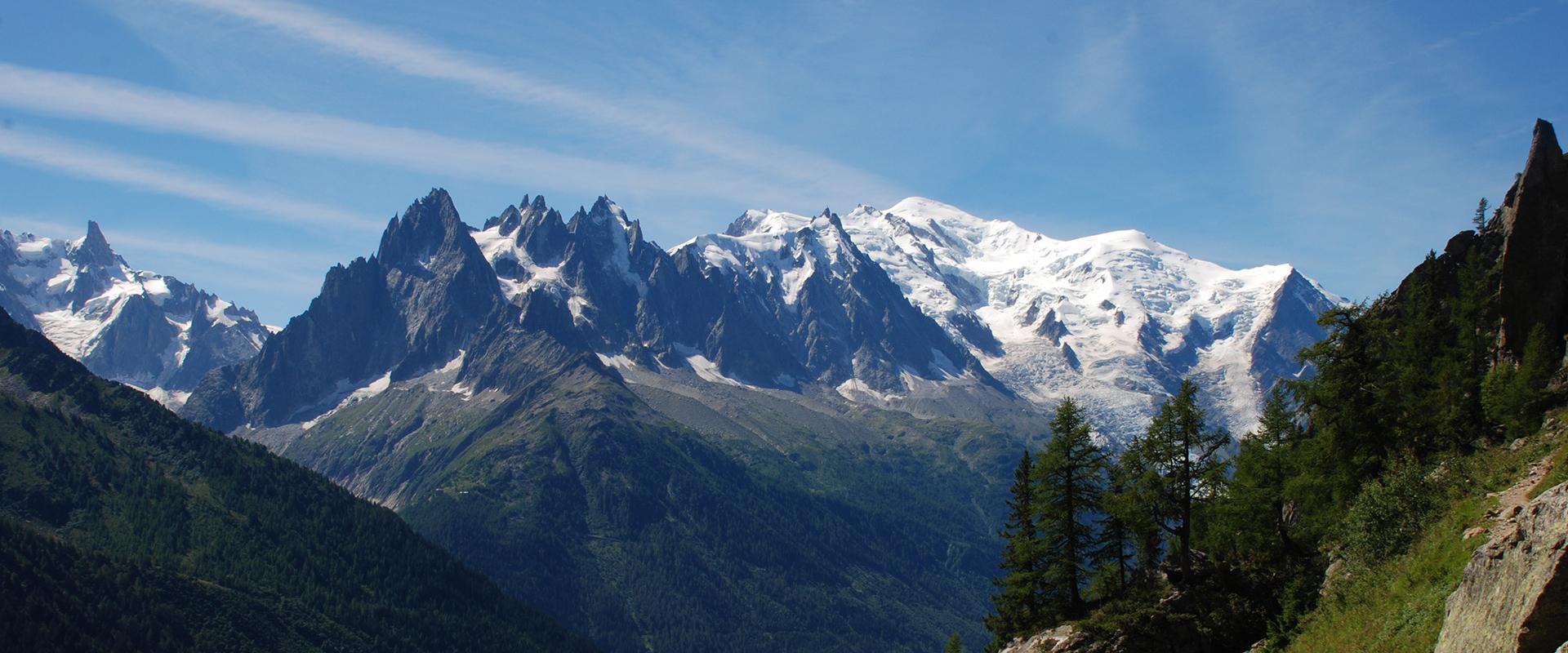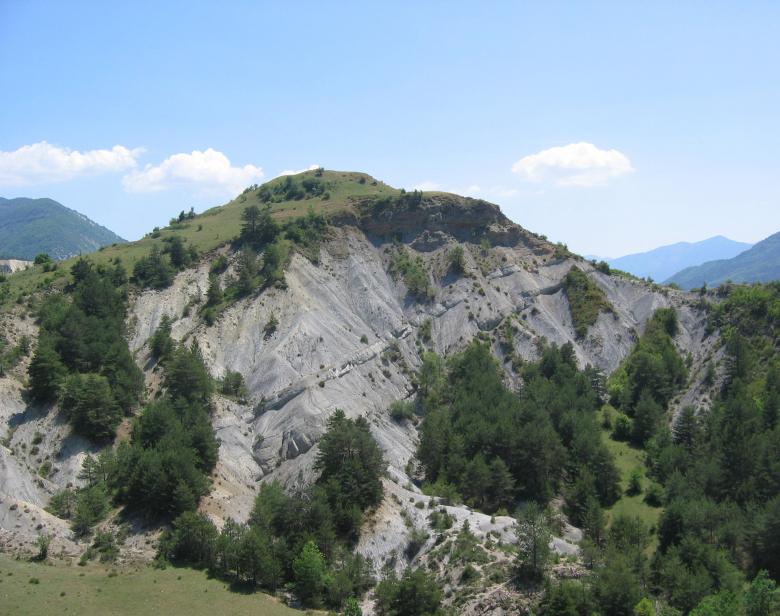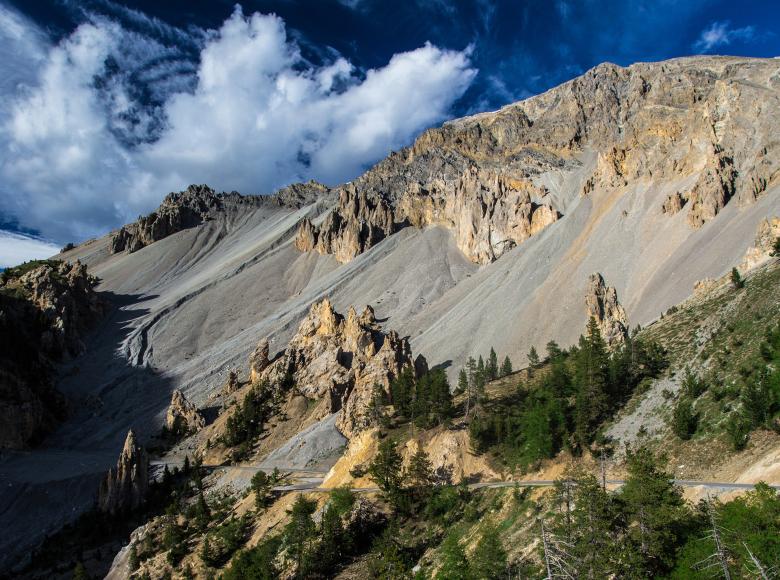Surprising rock dating
While it was known that the Alps were formed in two geological cycles, the even older remains recently dated at Serre Chevalier in the Hautes-Alpes are from an earlier cycle called the Precambrian – they therefore push the age of the rocks in this part of the Alps back by more than 60 million years.
The contribution of the Precambrian cycle is already well-known in other French regions (e.g. the Armorican Massif and the Pyrenees) and in Africa. But it was unknown in the French Alps until now.
How are mountains formed?
Since the acceptance of the theory of plate tectonics (and even before), it has been known that the continents are not fixed, but drift away from or towards each other as a result of forces stirring in the depths of the Earth.
Schematically, a mountain range is formed in a cycle that begins with the opening of an ocean where sediments are deposited and, when the ocean closes and the continents collide, the gigantic forces that push them together give rise to the mountains.
In reality the process is somewhat more complex. In this migration process, multiple blocks (known as "micro continents") break away from their original continent, and it is usually these blocks that collide and form mountains. Each block has its own characteristics, among which the age of the rocks is the most indicative. The Precambrian age of the Serre Chevalier rocks therefore raises the question of the diversity and origin of the blocks that make up the Alps.
How can the age of rocks be determined?
To determine the age of a geological formation (a rock complex), different methods are used depending on the type of rock.
In the case of sedimentary rocks, i.e. rocks formed by the slow deposition of sediments on the bottom of a sea or lake, fossils are generally used. These are the remains of organisms that once inhabited the aquatic environment and can provide precise indications.
For so-called "crystalline" rocks, i.e. those derived from magma originating in the depths of the Earth and brought to the surface, dating requires the use of laboratory methods based on the properties of radioactive elements and is referred to as "radio chronology". The elements used are always scarce: the most common one being uranium.
The formation of the Alps
In the Alps, the sediments accumulated in layers, which later gave rise to the relief of today's mountain range: the limestone cliffs of the Vercors and Chartreuse, or the marly depressions of the Serre-Ponçon region.
These sediments were deposited on a basement of granite and other crystalline rocks. These were originally underneath, but were pushed upwards during the continental collision and now form most of the highest peaks – Mont Blanc and Mont Pelvoux in France, or Gran Paradiso in Italy.
Are these rocks of European or African origin?
Knowing the age of a mountain range can help determine its continent of origin. Is it a fragment of Europe or a fragment of Africa, or even of Iberia, since the latter was a plate in itself before it collided with the European plate and created the Pyrenees?
At Serre Chevalier, analyses have given ages close to 600 million years old, which identify these rocks as Precambrian (the limit between the Precambrian and the primary era being around 540 million years ago). This basement is therefore older than those known until now in the French Alps, which were all related to the Variscan/Hercynian cycle, dated between 500 and 300 million years ago. Part of the Alpine basement is therefore older and belongs to an earlier, distinct geological cycle. Such a cycle has nevertheless been identified in France, where it affected the oldest part of the Armorican Massif, and even more so in Africa, where it is called the "Pan-African" cycle.
Are these rocks of European or African origin? Further research may resolve the issue. Other basement terrains in the Alps are already being studied in order to measure the true extent of the Precambrian in the French Alps. In particular, the Vanoise basement is still poorly understood, but its rocks, dated at 510 million years old, could correspond to a stage between the Variscan cycle and the earlier cycle revealed at Serre Chevalier.









